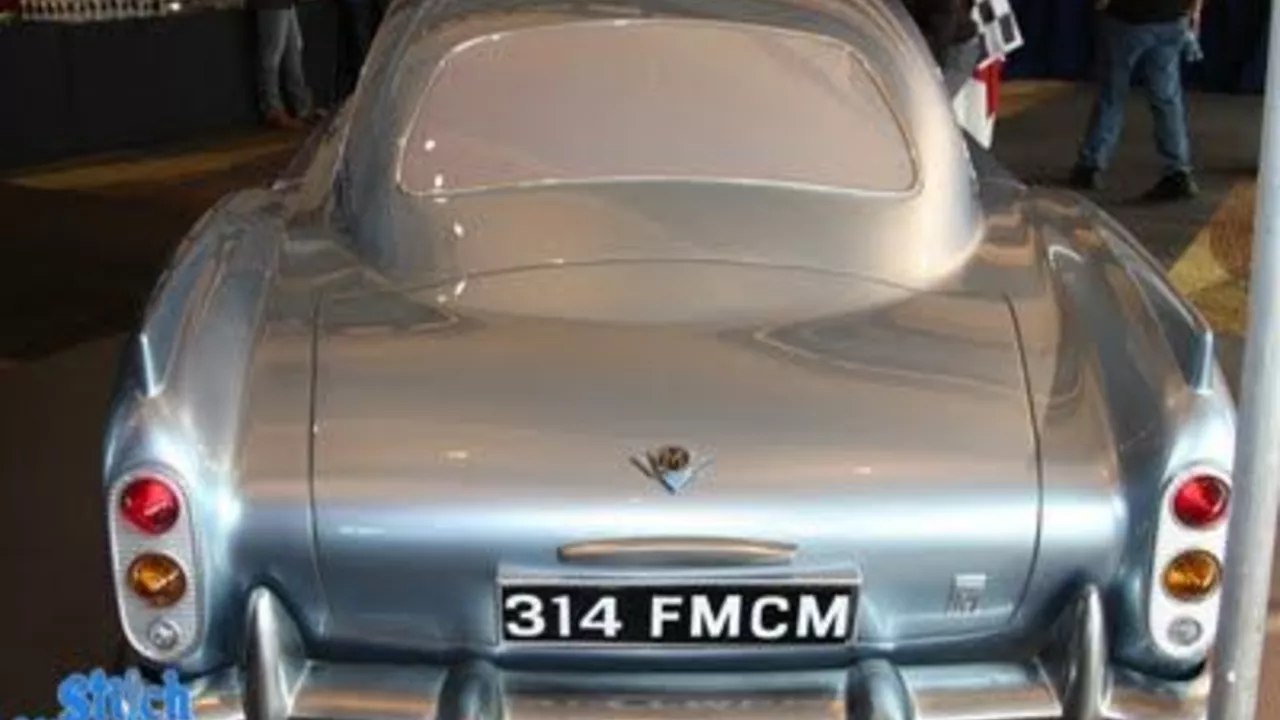Aston Martin DB5 – The Iconic British Sports Car
If you love sleek lines and a story that reads like a movie script, the Aston Martin DB5 is hard to beat. Launched in 1963, this two‑seat GT quickly became the brand’s flagship and later the most famous James Bond car. Even after six decades, its design still turns heads on the road and at car shows.
History and James Bond Fame
The DB5 was the first model to carry the DB name after David Brown bought Aston Martin in 1947. It replaced the earlier DB4 GT and introduced a 4.0‑litre straight‑six engine that pushed 282 hp. That power, combined with a lightweight body, gave the car a top speed of about 145 mph – a serious figure back then.
Everything changed when the DB5 appeared in "Goldfinger" (1964). Bond’s gadget‑packed version featured an ejector seat, machine‑gun barrel grille, and a radar‑detecting system. The film turned the DB5 into a pop‑culture icon and boosted Aston Martin’s global profile overnight. Fans still line up for the Bond‑edition models that the factory releases from time to time.
Specs, Performance, and Ownership Tips
Under the hood sits a 3.7‑litre (later 4.0‑litre) inline‑six with twin‑carburetors. The engine delivers smooth, high‑revving power and a distinctive growl. The manual four‑speed gearbox lets you feel every gear change, while the suspension – double wishbones up front and rear – offers a balanced ride that’s sporty without being harsh.
Inside, the DB5 stays true to its 60s roots: a wooden steering wheel, simple dials, and leather seats. Modern reproductions add subtle updates like improved heating and safety wiring, but the core feel stays classic. If you’re thinking about buying one, expect a price tag that ranges from £600‑£1 million depending on condition, provenance, and whether it’s a Bond‑edition.
Maintenance is the biggest challenge. Parts are scarce, and specialist mechanics who know the DB5 are few. Keep service records, store the car in a dry environment, and avoid hard‑low‑speed driving that can stress the old suspension. Regularly check the cooling system – the original radiator can rust if neglected.
For daily drivers, many owners install a discreet modern alternator or upgraded brakes to improve reliability while preserving the original look. If you just want a weekend cruiser, a well‑maintained DB5 can still hit 70 mph comfortably, making it a fun ride for scenic drives.
Bottom line: the Aston Martin DB5 is more than a pretty car; it’s a piece of automotive history that still delivers excitement. Whether you’re a Bond fan, a classic‑car collector, or just someone who loves timeless design, the DB5 offers a blend of style, performance, and story you won’t find in newer models.
Is Finn McMissile an Aston Martin DB5?
After delving into the world of cars and animation, I've discovered that Finn McMissile, the popular character from Pixar's "Cars 2," is not an Aston Martin DB5. Although he shares some similarities with the iconic British vehicle, he's actually a mixture of various car styles. Pixar has publicly stated that Finn's design draws inspiration from a range of sports cars, including the Aston Martin DB5, but he's not based on a specific model. So, while we might see a bit of the DB5 in Finn, he's truly a unique character with a design all his own. In short, while Finn McMissile may carry an Aston Martin vibe, he is not a direct replica of the DB5 model.
